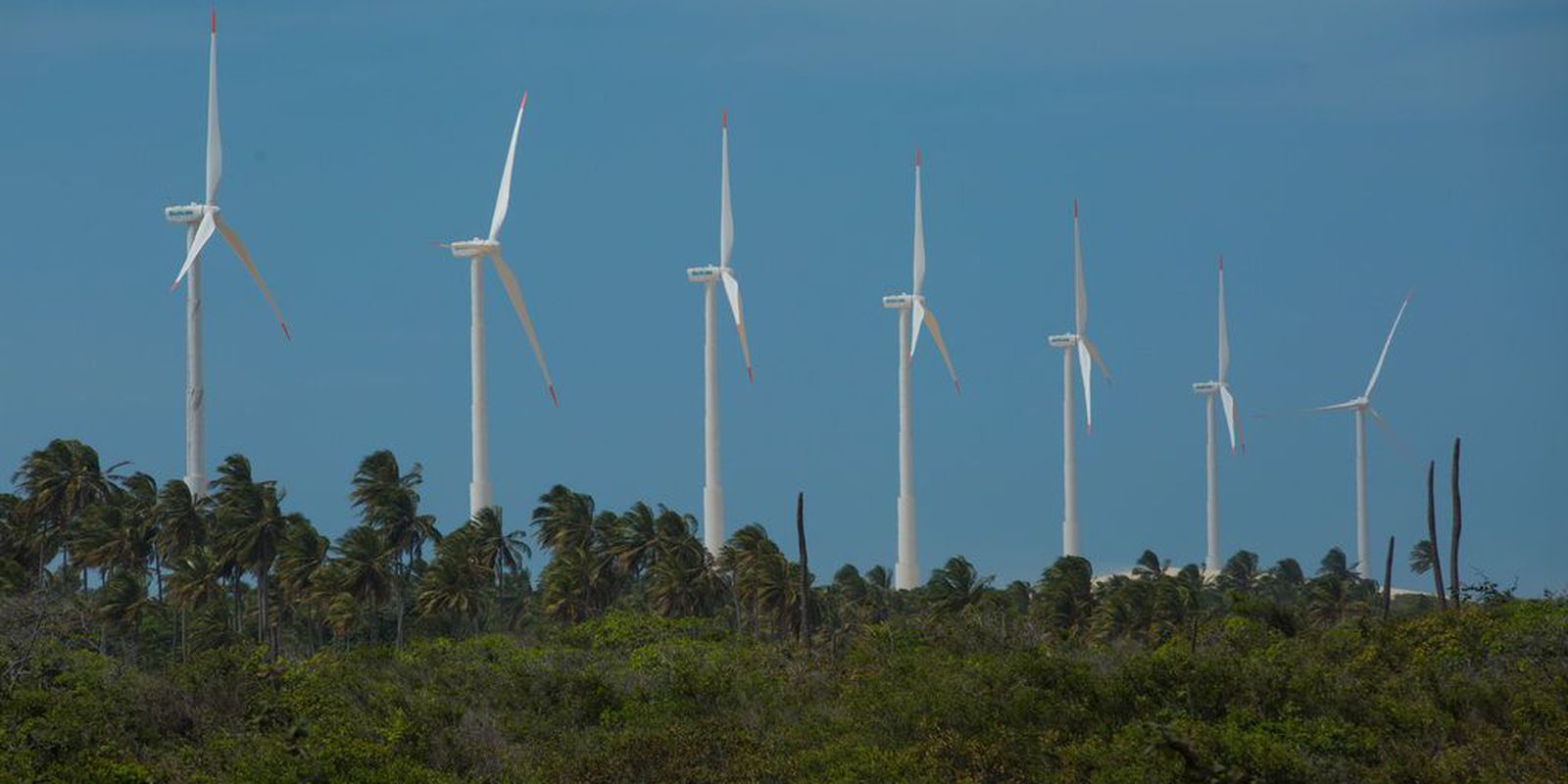Considered “the fuel of the future”, “green hydrogen” may have, in Brazil, one of its great players (reference in a certain segment). It is not yet possible to estimate how much this commodity can add to the country’s economy. According to experts consulted by the Brazil Agencythe good conditions in Brazil for the production of this energy source are already taken for granted, which increasingly arouses the interest of other countries.
The interest in this fuel – whose main characteristic is a production process that is not harmful to the environment – has increased because of the energy security risk facing the European continent in the current scenario of war, since most of its countries depend on the gas exported by Russia.
To have the “green” seal, it is essential that hydrogen is produced and transported without the use of fossil fuels or other processes harmful to the environment. Its production requires the use of a lot of energy, especially to remove, by hydrolysis, the hydrogen that is found in water.
Renewable sources
The term green hydrogen occurs when the electricity used in the electrolysis of water comes from renewable energy sources such as wind, photovoltaics and hydroelectricity, explains the director of Hydrogen Technology at the Brazilian Waste and Hydrogen Energy Association, Ricardo José Ferracin – who is also associate professor at the Universidade Oeste do Paraná, in addition to being one of those responsible for the implementation of the Hydrogen Research Center at the Itaipu Power Plant.
According to the executive superintendent of the Brazilian Hydrogen Association (ABH2), Gabriel Lassery, green (or renewable) hydrogen can also be obtained from hydroelectricity and waste biomass.
“Given the agricultural power that the country is, there is a lot of availability of tailings biomass for hydrogen production. Brazil also has places where you can find natural hydrogen waiting to be extracted,” he says.
Marketplace
Lassery recalls that gas is already widely used for industrial purposes in Brazil, mainly in oil refining and fertilizer production.
“The expansion of this economy will develop other possibilities in the domestic market. Some examples are in mobility, for power generation onboard electrified vehicles; in the steel industry, to reduce emissions in steel production; and in the production of energy, to mitigate the intermittence in the area of renewable energies”, he tells Brazil Agency.
On the international scene, he adds, the hydrogen market has been structured “by leaps and bounds”. “Countries with less availability of renewable energy aim to import renewable and low-carbon hydrogen from producing countries, to decarbonize their matrices. New initiatives to structure these deals are frequently discussed.”
According to Ricardo Ferracin, the generation capacity installed in the country is around 180 GW with just the projects under analysis, but this capacity can be doubled, giving Brazil a leading role in the sector.
“Obviously there are technological and investment bottlenecks that must be analyzed carefully, but the positive expectations are high”, he says, citing, as an example of bottleneck, the fact that the country does not manufacture electrolysers and fuel cells. “The production chain for the equipment needs to be developed and there is a need to train human resources, especially technicians”.
Lassery also says that, currently, most of the hydrogen produced in Brazil is made captively (in the place where it will be consumed) and that its energy sources, in general, are not renewable.
“However, Brazil has immense potential for the production of renewable hydrogen. In several parts of the territory, its potential for the production of solar and wind energy is among the largest in the world, and new projects and memoranda of understanding for the production of wind and solar energy are frequently announced, both offshore [eólicas instaladas no mar] how much onshore [no continente] with the objective of producing hydrogen”, he adds.
Transport
Experts explain that, in order to guarantee the green seal of hydrogen, it is also essential that it is not transported in vehicles that use fossil fuels. According to Lassery, all stages of the hydrogen production and transport process must use exclusively renewable energy.
“As hydrogen is already produced and transported today, the ways to handle it safely are known. However, new norms, codes and standards are created and revised as the technology develops,” he says.
According to Ferracin, green hydrogen can be transported under high pressures, inside cylinders, and liquid, under high pressures and low temperatures. It can also be transported in “metal hydrides”. In this case, it is mixed with other metals and can then be transported in solid form, which guarantees greater safety.
“The most commonly used form is under high pressures, but there is technological evolution mainly in the form of metal hydrides. In this form of storage, hydrogen does not explode. You also don’t need a compressor, which is expensive.”
He says that other possible forms of storage and transport occur through the production of ammonia, which can even be used as fuel, both for the transport ship and for other engines. This substance can, later and through chemical reactions, be converted into hydrogen.
Environment
In a world where climate and environment have increasingly suffered the negative effects of the use of fossil fuels, green hydrogen appears as a solution that carries the possibility of adding benefits, both from an economic and environmental point of view.
For Lassery, this fuel has “the potential to decarbonize various activities that are currently largely responsible for carbon emissions”, as is the case in the transport and energy production segment.
It can also decarbonize “sectors that are difficult to abate”, such as heavy transport over long distances and the steel, cement and mining industries.
Economically, he adds, the hydrogen value chain is of great strategic importance.
“In addition to increasing energy security and reducing the need for imported inputs, the promotion of hydrogen also brings national scientific and technological developments, drives the creation of new jobs, qualifies labor and inserts the country into this new international market, serving as a factor of reindustrialization”, he says.

















